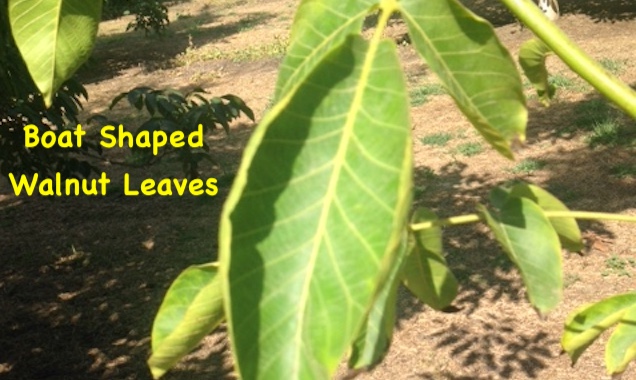WALNUT PREHARVEST WRAP UP
Looking for Boat Shaped Leaves
In many Northern California walnut orchards, most of the latest leaf sample results still show excess Nitrogen with a deficiency in Potash. There are a few exceptions. Visual observations reveal this same phenomenon as older leaves are dark green In color showing plenty of Nitrogen and boat-shaped leaves, which shows a Potash deficiency. New growth has the same shape but are pale in color. Plotting leaf N and K levels over many years shows an inverse relationship, as Nitrogen goes up, leaf Potassium goes down. Remember that Nitrogen goes into the plant at the expense of all other nutrients. We might be surprised at leaf K levels if Nitrogen wasn’t taking its place.
So, how do we manage this situation?
We witness thousands of walnut acres using a balanced soil approach, applying only 30 to 40 pounds of actual Nitrogen on an annual basis with excellent yield. With a good cover crop established, it’s a no brainer to apply zero synthetic N. Period! With this no applied synthetic Nitrogen approach, we have issues trying to get P into the plant while using 11-52-0, since it has Nitrogen which we don’t want. Besides the fact that raising leaf Phosphorous with soil-applied P is mostly a waste of time and money. One pound of Mycorrhiza fungi inoculated into the compost to be used in conjunction with cover crop establishment will not only eliminate the extra N but will furnish Phosphorous needs as well.
Now, K becomes the remaining issue. How do we get more K into the leaf?
HERE IS HOW: Think of the leaves as solar panels. We want fully expanded leaves that increase surface area, not boat-shaped ones that decrease surface area. We want fully expanded solar panels for the critical time period of August. This period is called ovulation or bud set for next years crop. Obviously, reduced solar panel size is counterproductive. Larger functioning leaves Increase photosynthesis and with the aid of foliar extract and Sulfate of Potash applications, this deficiency can be corrected. While enhancing photosynthesis, we can pump more liquid carbon thru the plant as root exudates in the form of sugars which will feed the soil biology. They in turn release carbonic acid and through constant exposure to this acid, tied up Potash and other nutrients are made available.



Leave a Reply